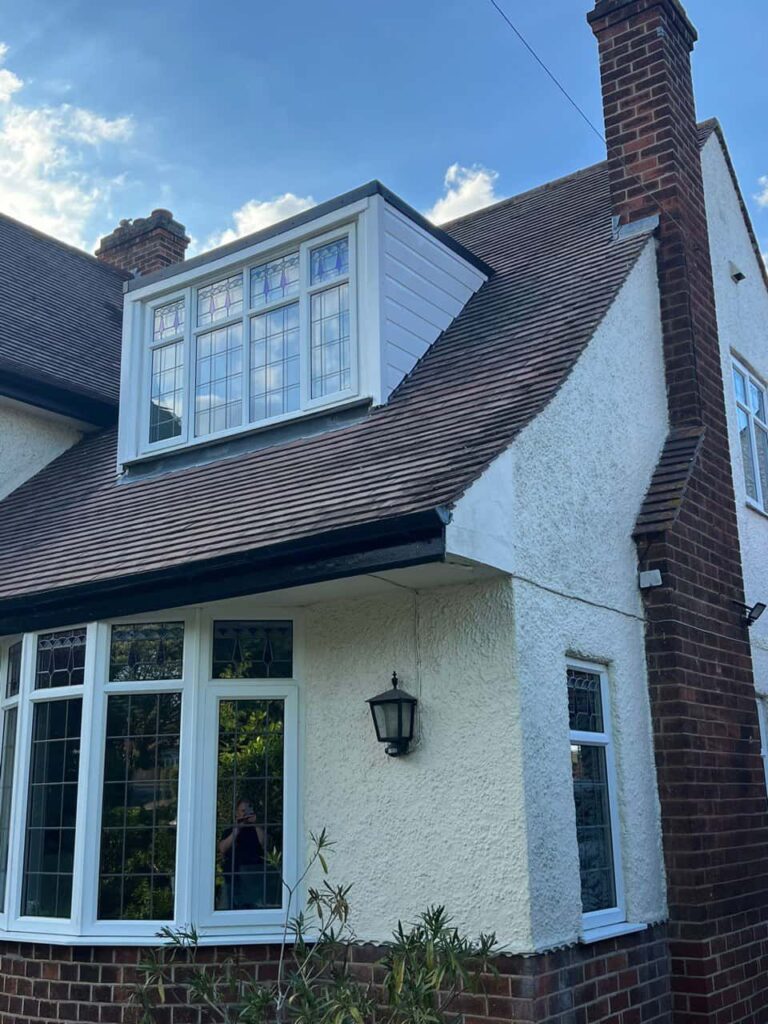Roof rot is a common yet serious issue that can compromise the integrity of your home. It occurs when moisture seeps into the roofing materials and begins to break them down, leading to extensive damage that can be costly to repair. Understanding how to prevent roof rot through effective moisture control is essential for maintaining a healthy roofing system. At LS Roofing Harefield, we are committed to providing homeowners in Harefield, Greater London, with the knowledge and services needed to protect their roofs. In this blog post, we’ll discuss the causes of roof rot and how to prevent it effectively.
1. Understanding the Causes of Roof Rot
Roof rot is primarily caused by prolonged exposure to moisture. Here are some common factors that contribute to the problem:
- Leaks: Small leaks that go unnoticed can lead to significant moisture accumulation. These leaks may occur due to damaged shingles, worn-out flashing, or improperly sealed roof penetrations.
- Poor Ventilation: Inadequate ventilation in the attic can trap heat and moisture, creating an environment conducive to rot. Excess humidity can condense on the roof structure, promoting fungal growth.
- Debris Accumulation: Leaves, branches, and other debris can hold moisture against the roof surface, especially in valleys and gutters, leading to increased rot risk.
2. Effective Moisture Control Measures
Implementing proper moisture control measures is key to preventing roof rot. Here are several strategies to consider:
- Regular Roof Inspections: Schedule regular inspections of your roof to identify potential issues early. Look for damaged or missing shingles, as well as any signs of water damage or rot. Professional roofing services can provide thorough assessments to ensure your roof is in good condition.
- Maintain Gutters and Downspouts: Ensure that your gutters and downspouts are clear of debris and functioning properly. Clogged gutters can cause water to overflow and pool around your home’s foundation, leading to moisture infiltration and increased rot risk. Cleaning your gutters at least twice a year is essential, especially in the autumn when leaves can accumulate.
- Install Proper Ventilation: Ensure that your attic is well-ventilated. Adequate airflow helps to dissipate moisture and prevent condensation. Consider installing vents, such as ridge vents or soffit vents, to enhance airflow and reduce humidity levels in the attic.
- Use High-Quality Roofing Materials: When installing or replacing your roof, opt for high-quality, moisture-resistant materials. These materials are designed to withstand exposure to the elements and provide better protection against rot.
- Remove Debris Regularly: Make it a habit to check your roof for debris, such as leaves and branches, especially after storms. Removing debris promptly can help prevent moisture retention and reduce the risk of rot.
3. Signs of Roof Rot
Being aware of the signs of roof rot can help you take action before the damage worsens:
- Sagging Roof Areas: If you notice sagging or soft spots on your roof, this may indicate the presence of rot and requires immediate attention.
- Fungal Growth: The presence of mould or mildew on your roof or in the attic is a clear sign of excessive moisture and potential rot.
- Discolouration: Dark patches or stains on the roof surface, particularly in the attic or ceiling, may signal water damage and rot.
Conclusion: Protect Your Roof from Rot
Preventing roof rot is essential for maintaining the integrity and longevity of your roofing system. By implementing effective moisture control measures, performing regular inspections, and addressing issues promptly, you can protect your home from the damaging effects of rot.
Call us on: 01895 546 498
Click here to find out more about LS Roofing Harefield
Click here to complete our contact form and see how we can help with your Roofing needs.

